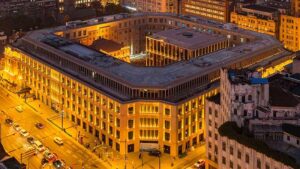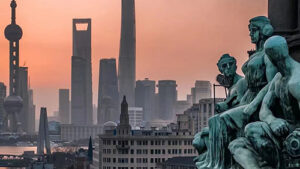Home » Hong Kong » Explore the Hong Kong Palace Museum
Taking five years and costing about $520 million, the Hong Kong Palace Museum will finally open to the public in July 2022. The museum displays more than nine hundred precious cultural relics from the National Palace Museum of China, with 166 pieces being the grade one national cultural relics. Some of these collections have never been exhibited to the public before. The museum has a total of nine galleries with different themes. Gallery 1 through 7 is the permanent thematic exhibition. Gallery 8 and 9 regularly host special exhibitions on Chinese culture and art, as well as art treasures from around the world. For visitors visiting the Hong Kong Palace Museum for the first time or only for a short period, an overview of the exhibits in each of the pavilions and the most worthwhile ones is essential before visiting.
About the architecture of the Hong Kong Palace Museum

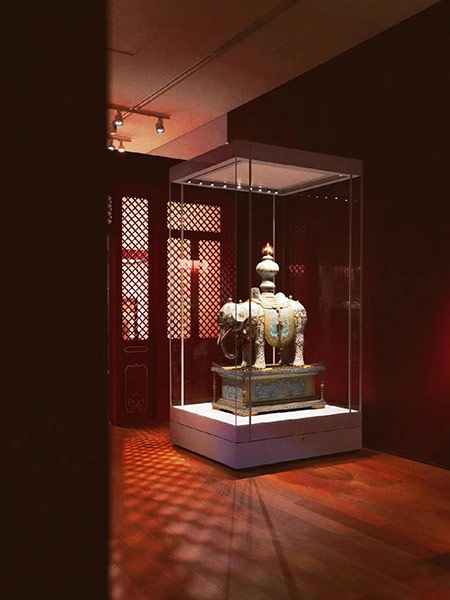
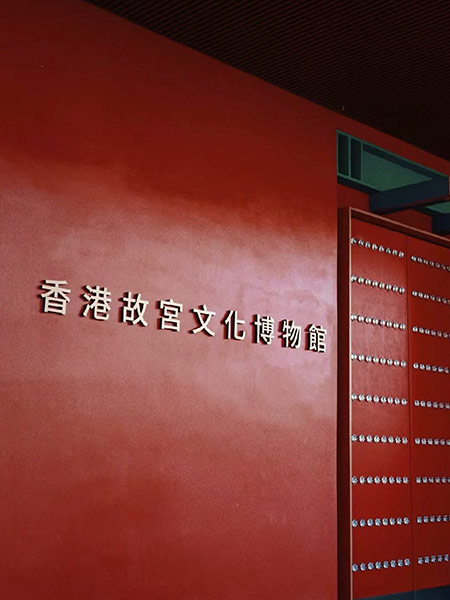

The Hong Kong Palace Museum’s main entrance echoes the Forbidden City’s red walls, welcoming guests in vermillion. The entrance plaza directly in front of the museum is lined with dozens of translucent glass panels that wind forward to simulate the Forbidden City’s Golden Water River. The interior design inherits the concept of the Forbidden City’s central axis and extends it upward in conjunction with Hong Kong’s upwardly evolving architectural style. The atrium ceiling is a modern interpretation of the glazed roof tiles of the Forbidden City, which looks like a bamboo curtain and a gauze from afar, elegant and airy.
Hong Kong Palace Museum Gallery 1:
Entering the forbidden city – architecture, collection, and heritage
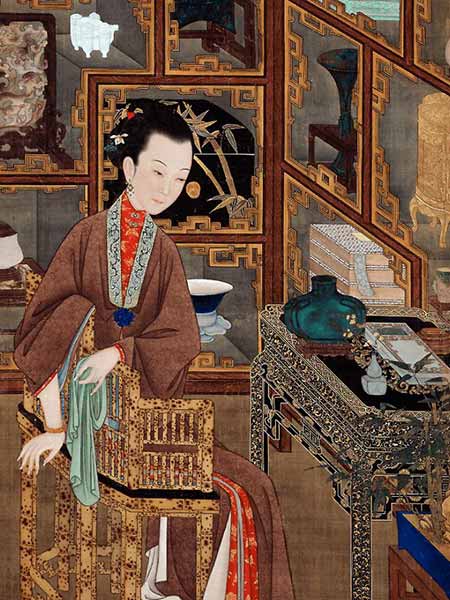
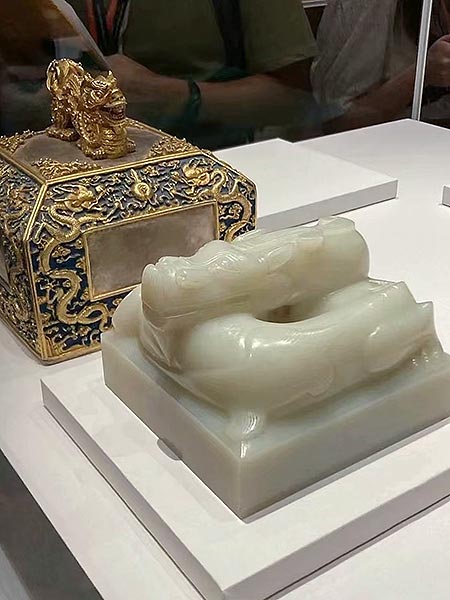
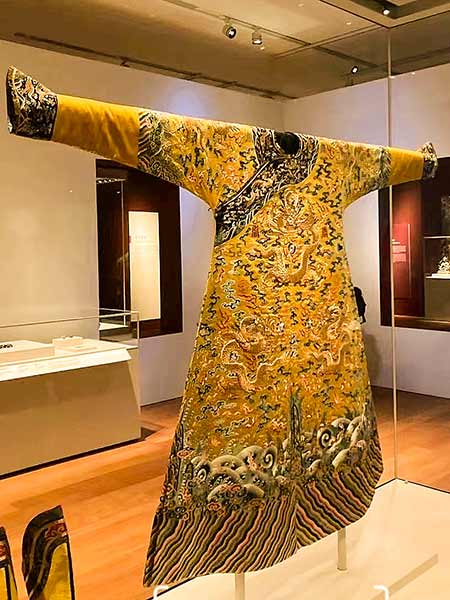
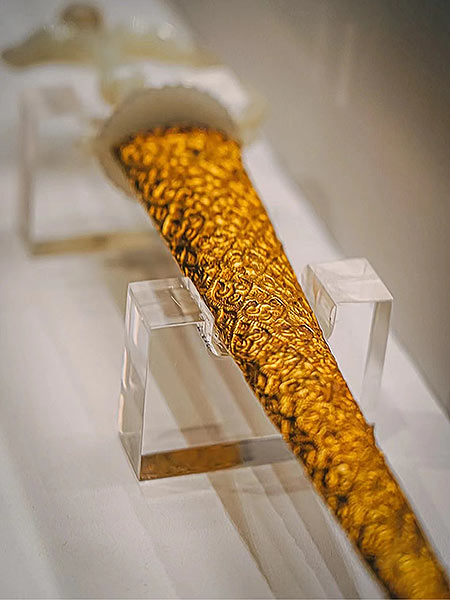
Gallery 1 introduces the history of the Forbidden City during the Qing Dynasty (1644-1912) through 179 pieces of the Palace’s collection.
For the entire museum, Gallery 1 is like the overture to a symphony. The story begins in a splendid palace, the Forbidden City. What did this Palace look like? When was it built? What has it been through? Who lived in it? And what kind of life did they have?
The museum brought bricks, tiles, part of the buildings’ house beam, and furnishings from Beijing Forbidden City. In addition, the emperor’s dragon robes, imperial bow and arrows, precious seals, various luxurious Western clocks and watches, beautiful Western mirrors, scrolls, Beijing Opera costumes, etc., are all special historical memories in the miniature of the Forbidden City.
Can’t miss exhibits: Surrounded by Antiquities, from Twelve Ladies (Image 1); Coiling dragon ‘Jade Seal of the Ordination of the Qing Dynasty’ (Image 2); Ming yellow cloud and dragon pattern male single dynasty robe (Image 3)
Hong Kong Palace Museum Gallery 2:
From Dawn to Dusk – Life in the Forbidden City
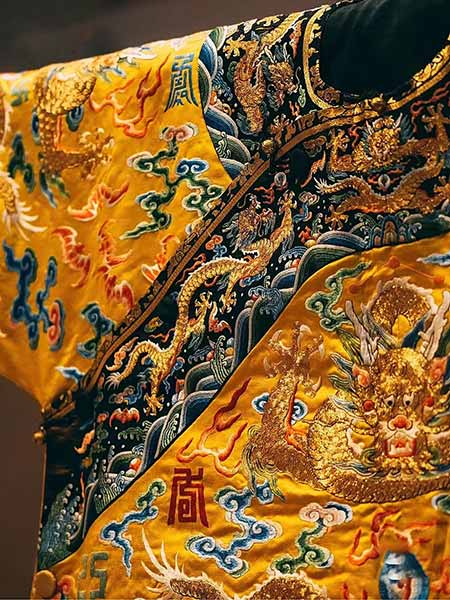
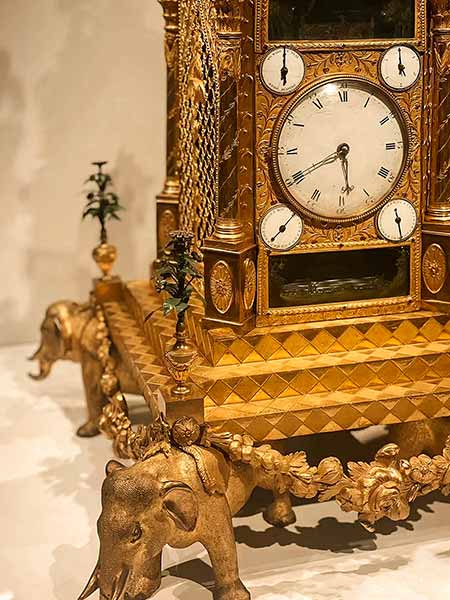
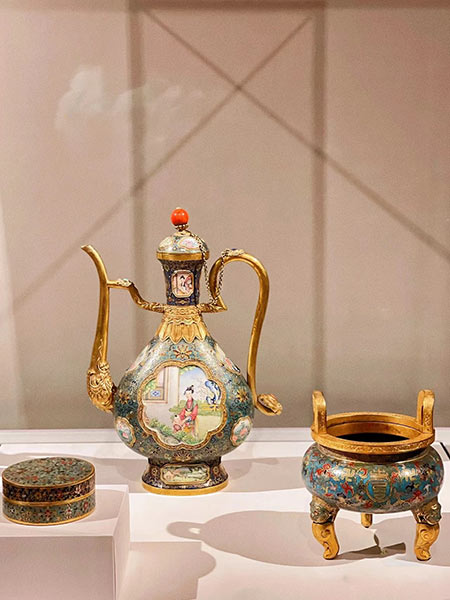
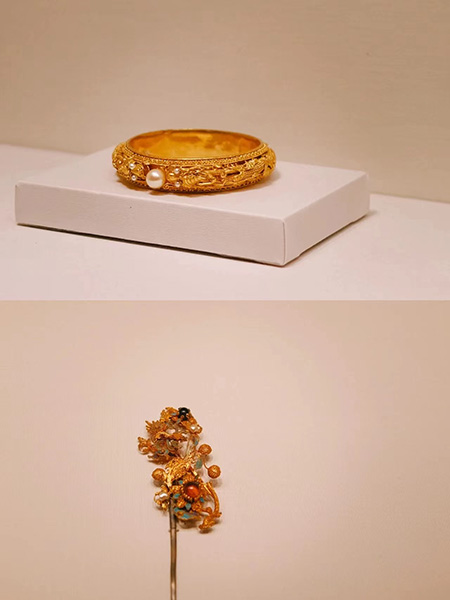
The Forbidden City was the main residence of the Ming and Qing monarchs and empresses (1368-1912). Through more than 300 pieces of exquisite artifacts from the Palace’s 18th-century collection, Gallery 2 allows visitors to understand the life of the Forbidden City from morning to night and explore the rich material and spiritual world of the Palace’s inhabitants.
Can’t miss exhibits: Men’s dragon robe with gold dragon motif in Clouds Fu Shou characters (Image 1); Turning water method waterfowl elephant pack mirror clock (Image 2)
Hong Kong Palace Museum Gallery 3:
Glay to Treasure-Ceramics from the Palace Museum Collection
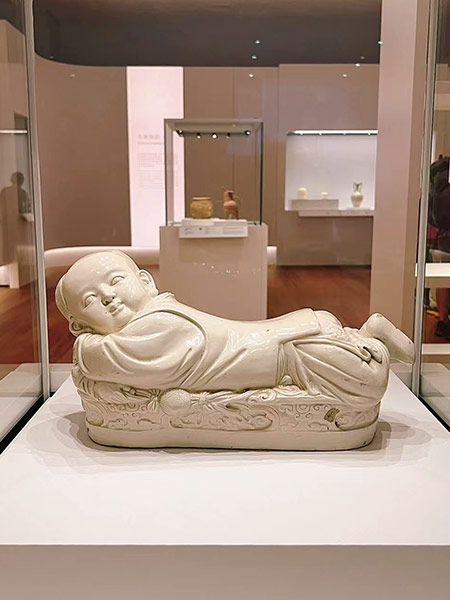
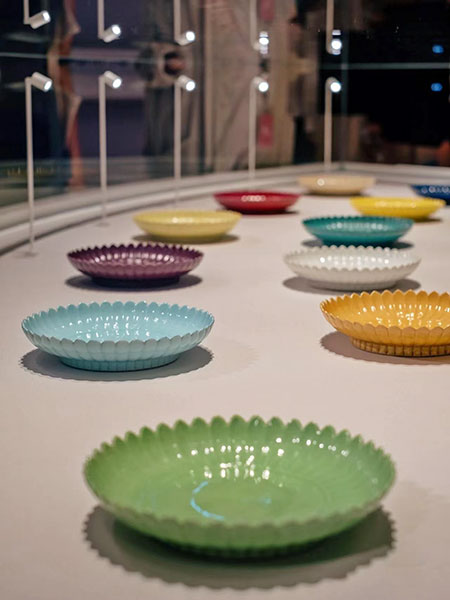
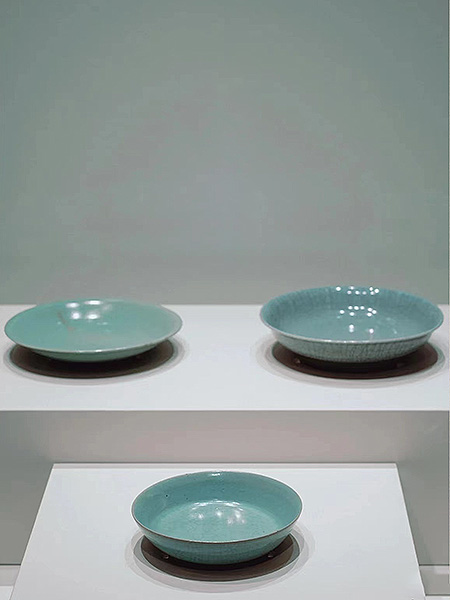
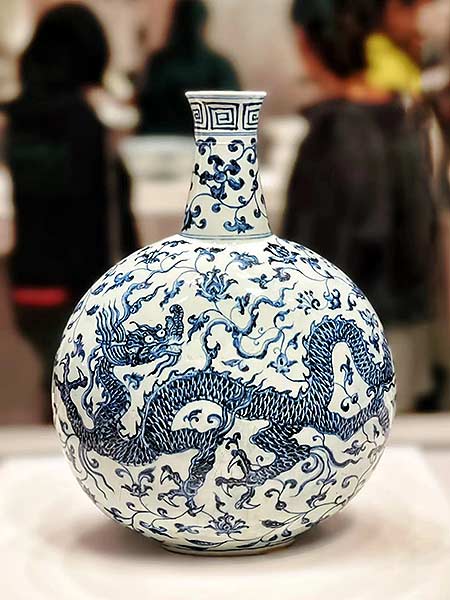
In addition to being widely used as everyday objects by the people, ceramics were also used to showcase the status and taste of the ruling and aristocratic classes. Gallery 3 features more than 150 pieces of Chinese ceramics from the Ming and Qing dynasties (1368-1912), which is a snapshot of the history of Chinese ceramics. Gallery 3 is often the one with the longest lines and is well worth serious exploration.
Can’t miss exhibits: White glazed child’s pillow (Image 1); Glazed chrysanthemum-style plate in various colors (Image 2); Washer(Image:3); Flask with dragons among floral scrolls(Image 4)
Hong Kong Palace Museum Gallery 4:
Encountering the Majestic-Portraits of Qing Emperors and Empresses

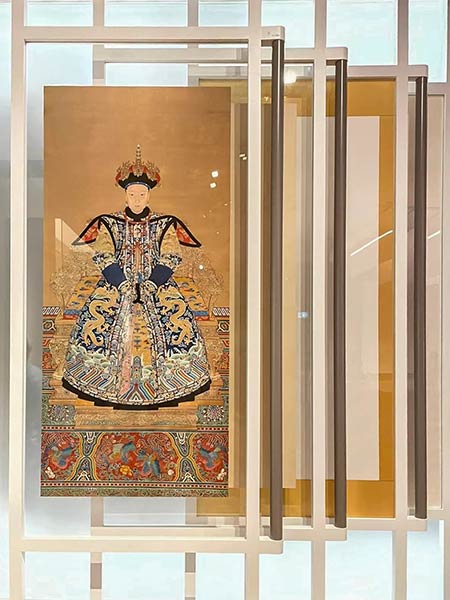
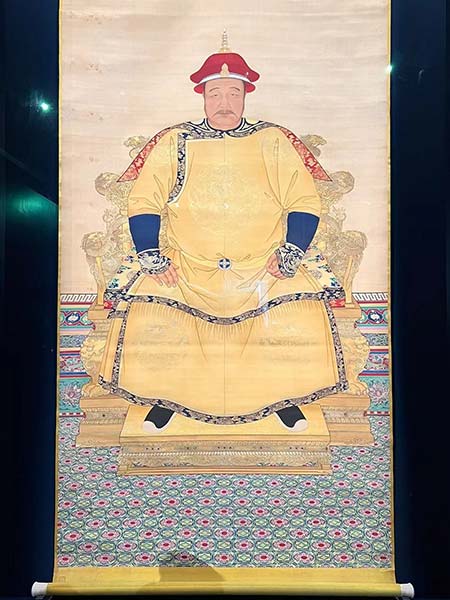
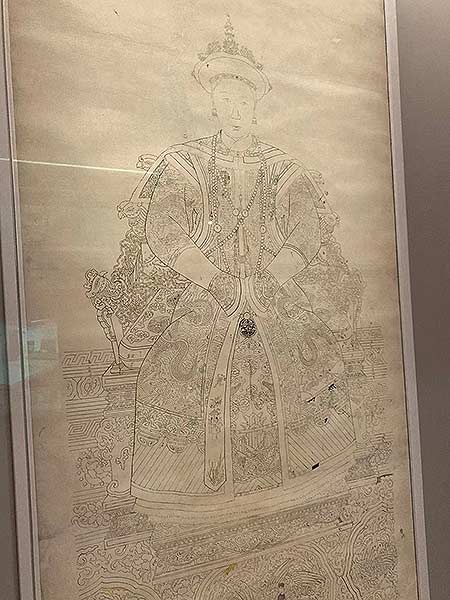
The Qing dynasty royal family followed the traditional Confucian culture and advocated filial piety and ancestor worship. One category of court portraits was dedicated to ceremonial rituals. Their elegant and dignified style records the faces and temperament of the imperial family members, as well as the costumes that showed their status.
The imperial costumes of the emperors and queens exhibited in Hall 4 represent the highest artistic achievement of portraits of the Qing dynasty. The symbolic significance of the elements of the images, as well as the architecture of the enshrined buildings and rituals, are closely linked to the history and culture of the palace. The display of white sketches also reflects the portraits’ creation and restoration process.
Hong Kong Palace Museum Gallery 5:
The Quest for Originality – Contemporary Design and Traditional Craft in Dialogue
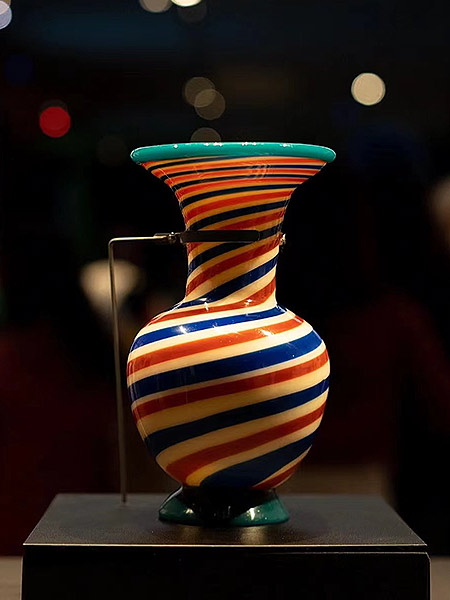
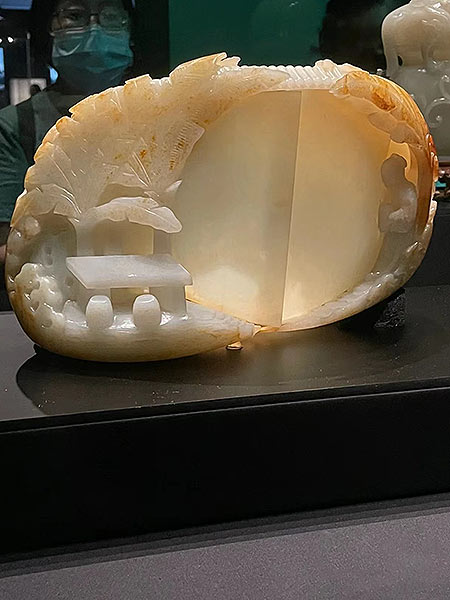
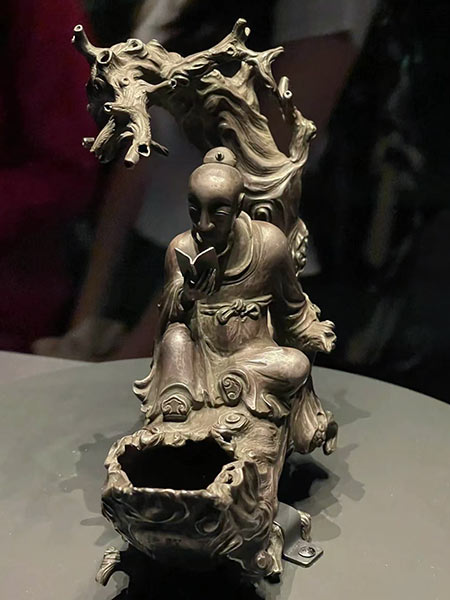

The tradition of Chinese craftsmen conceiving and creating objects dates back thousands of years. These ancient designs embody a dedication to innovation, a spirit of experimentation with materials, or consideration of the user’s experience that is in tune with contemporary design thinking.
Gallery 5 features more than 100 craft treasures that explain the artistic value of traditional Chinese craftsmanship through the lens of design, production, and use. In other words, this gallery showcases the artisanship of ancient Chinese craftsmen.
From the exquisite bronze tripods of the late Shang Dynasty to the jade carvings of the late Qing Dynasty, from the thin, translucent garments woven in Suzhou to the Dalbergia Odorifera furniture to the various sizes of household utensils, all of them are full of the ingenuity of the craftsmen and the heart and soul of Chinese artisans.
Can’t miss exhibits: Vase with Spiral Pattern (Image 1); Qianlong painting of a lady in Tong Yin with a mountain (Image 2); Zhu Bishan style crouch (Image 3)
Gallery 6 & 7:


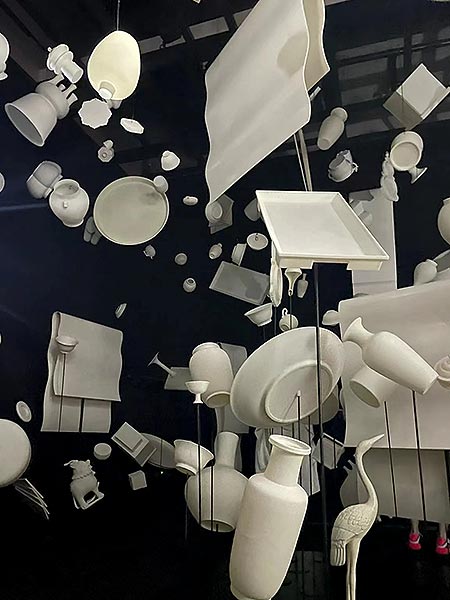

Private to Public – The History of Chinese Art Collecting in Hong Kong
This is the first major exhibition to review the history of collecting in Hong Kong. Through more than 100 exhibits, the exhibition details more than a century of Chinese art collecting in Hong Kong, traces the development of local museums, and pays tribute to the collectors, scholars, museum workers, and other dedicated individuals who have been promoting the essence of Chinese culture for audiences in Hong Kong and overseas.
No Boundaries – Reinterpreting Palace Museum Culture
The exhibition will invite six Hong Kong multimedia and crossover artists to reinterpret and reinterpret the culture and collection of the Forbidden City from the contemporary perspective of Hong Kong and to discover the rich and diverse Chinese culture under the red walls and yellow tiles.

